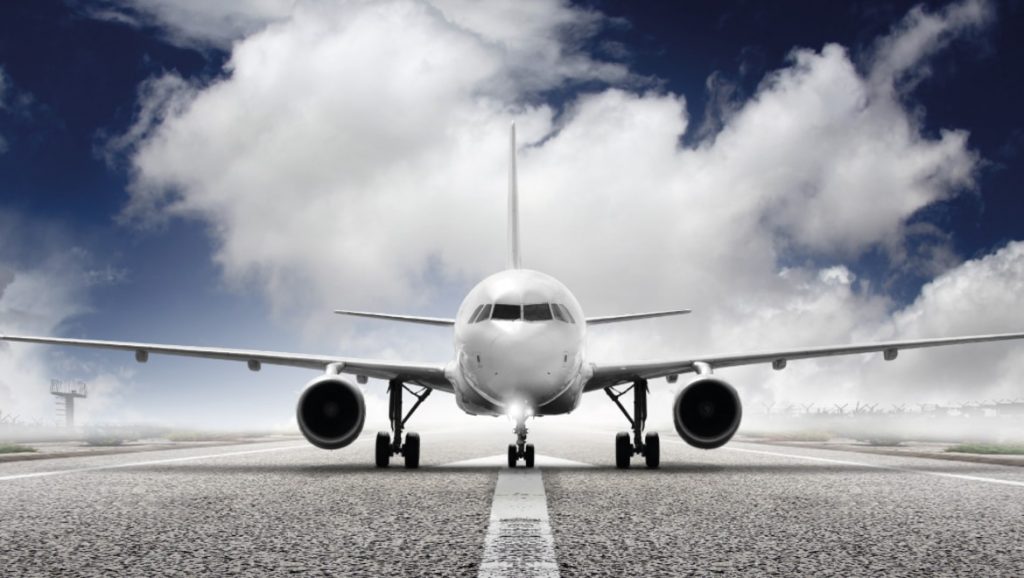
The aircraft charter industry will see a surge of new enquiry as the commercial aviation sector recovers at a slower pace than consumer demand, according to a new insight released by Air Charter Service.
Justin Bowman, chief executive of private aircraft broker Air Charter Service, has predicted a boom in business for commercial and private jet charter divisions, as airlines lag behind consumer demand recovery.
“This substantial drop in capacity, along with potential short-term surges in demand, means that charter flights will be increasingly turned to in order to ‘fill the gaps’ left by the reduction in scheduled service flights,” Bowman said.
“Many airlines are reducing or cancelling flight schedules on more ‘niche’ routes, particularly between smaller cities across Europe, often leaving charter aviation as the only means to fly direct between many cities.”
Eurocontrol recently forecasted that Europe’s air traffic levels will likely not return to pre-COVID levels until 2025. This forecast has progressively changed as data from the pandemic becomes more accurate, but it was originally suggested to recover in 2024.
Upon monitoring the air charter service market during the pandemic, it is set to grow by US$7.35 billion between 2020-24, increasing at a CAGR of over 5 per cent during the period, according to Technavio.
Before the pandemic, more than 25,000 routes were served by charter flights, but not by a specific airline. However, Bowman expects this number to increase significantly, and continue until 2025.
“This reduction in connectivity will be felt especially when there are short-term spikes in demand due to international sporting or business events driving travel,” he said.
For example, Air Charter Service noted that the Champions League grand final in Portugal this year saw the number of scheduled flights to Portugal over the same period of time had decreased by 28 per cent in comparison with 2019.
“It believes that this was part of the reason behind the demand for nearly 20 charter flights that the company arranged to Porto last month, with more than 3,000 passengers, as people scrambled for seats that would have been more prevalent through scheduled services in previous years,” it said.
The increase in charter flights also potentially depicts the lower demand for business trips, while holiday trips will begin to spike as borders open.
It comes as air traffic demand continues to see signs of recovery.
Last month, the International Air Transport Association released a report, in conjunction with Tourism Economics, that projected international passenger numbers will hit 52 per cent of pre-pandemic levels throughout 2021, with this figure increasing to 88 per cent by 2022.
Most notably, the industry body is now predicting that international air travel demand will in fact surpass 2019 levels by the end of 2023, ultimately reaching 105 per cent of pre-COVID capacity.
Previously, the IATA had forecast that the industry would not see a return to 2019 traffic demand until at least 2024.
The renewed optimism in industry recovery comes in light of the nearly 1.75 billion doses of the COVID-19 vaccines administered around the world, with much of the Middle East, along with the UK, US and Canada boasting more than 50 per cent of their population at least partially vaccinated.
Shortly after, the major US airlines announced the addition of new destinations to their network, as they prepare for a further ramp up in travel demand, while current demand remains consistently above 1 million passengers per day.
In fact, over the Memorial Day weekend, US airlines saw 7.1 million travellers total, according to the US Transportation Security Administration, not a far stretch for the 9.7 million seen over the same weekend in 2019.












